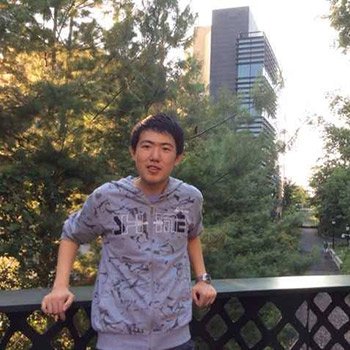John Fan '19 on the Value of Youth Courts

Philadelphia Inquirer: Philly, and other Pa. school districts, can learn from Chester City's radically transformative youth courts
I first stepped inside a Chester classroom last summer, as a volunteer for youth court. It was my first exposure to urban education in America. And it was the first time many of those fifth graders had seen a college student, let alone a foreigner from China.
In a youth court, peer volunteers hear cases of student offenses that would otherwise be managed by the principal or teachers. Students play the roles of judge, bailiff, youth advocate, jury foreperson, and jurors. I was working in Chester with public interest lawyer Gregory Volz to teach students how to run such courts.
Chester City is considered one of the poorest cities in America, and is in one of the most under-resourced school districts. Over the course of four weeks, I taught the students how to speak confidently, ask effective questions, and help misbehaving students recognize and fix their mistakes.
School-based youth court programs were originally devised as an alternative to punitive school discipline that disproportionately affects students of color. According to the American Civil Liberties Union, students who are removed from school due to misbehavior are significantly more likely to be involved in the juvenile justice system the next year. This phenomenon, known as the “school-to-prison pipeline,” is a national crisis.
I was initially skeptical that a student-run disciplinary program could be more effective than one handled by professionals. I was wrong.
As the Chester high school students explained to me, adults usually assume that the teacher is right and the student is wrong. In youth court, peer volunteers listen to both sides of the story and try to help rather than punish respondents (the youth court term for student offenders). On more than one occasion, respondents told us that in a youth court, “At least they [peer volunteers] listen to me.”
Research on youth court has shown that peers are better than adults at improving student behavior. Disciplinary data also support the courts’ effectiveness. In A.M.Y. (Alternative Middle Years) at James Martin School in Philadelphia, the suspension rate was reduced by 34 percent in the first year of youth court.
Since last summer, I have helped train about seven different youth court classes, most of them in Chester. My students range from shy fifth graders who make unexpectedly good judges, to eloquent high schoolers who impress even the lawyers in the room. What many trainers and I are often surprised by is the radical transformation that happens to these peer volunteers.
John Fan '19, of Shanghai, China, is majoring in philosophy and mathematics. Last year, he served with youth court as a Chester Community Fellow and wrote for The Phoenix. This summer, Fan is an intern for Edgar Cahn '56, who for more than 50 years has worked as a public interest lawyer and who founded youth court.


